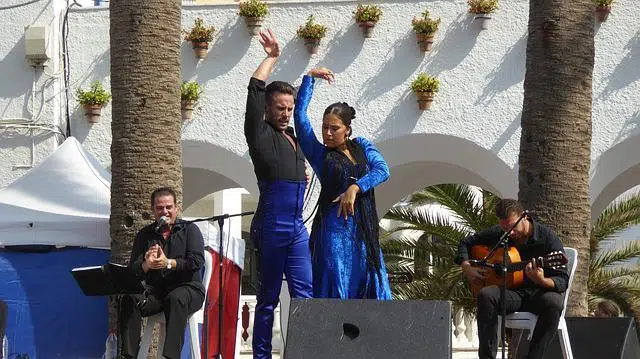
Cultural heritage can be material (such as a building or a monument) or intangible (a dance, a ritual, etc.).
Heritage is the name given to those rights and assets that one possesses. Things related to culture, meanwhile, are classified as cultural .
Starting from these ideas, we can affirm that cultural heritage is the heritage of a culture , which is preserved over time and transmitted from generation to generation. These assets, which can be material or immaterial , are usually protected by entities or institutions to guarantee their preservation.
Characteristics of cultural heritage
It can be said that cultural heritage is a legacy that is collected from the past and enjoyed in the present. Furthermore, it is intended that this legacy can be transmitted to future generations since a special value is attributed to it.
It is important to note that cultural heritage includes objects and buildings, but also rituals, celebrations, shows, traditions and even natural spaces. The subsistence of cultural heritage is essential for diversity to continue.
How to protect yourself
The United Nations Educational, Scientific and Cultural Organization ( UNESCO ) plays a very important role in the conservation of cultural heritage. In different conferences, UNESCO adopted conventions and treaties that contribute to the care of these elements.
Beyond the role of UNESCO , each national legislation usually includes tools to safeguard cultural heritage. In this way, activities and actions that attack these manifestations, products and places are prohibited.

Chichén Itzá is part of the cultural heritage of Mexico and of all humanity.
Importance of cultural heritage
Cultural heritage is relevant for multiple reasons. On the one hand, it allows knowledge and experiences to be transmitted and works as inspiration . On the other hand, it helps develop a sense of belonging and contributes to community cohesion.
It cannot be omitted to mention that cultural heritage is also an economic resource . The tourism industry often revolves around historic buildings, artistic practices and natural environments, generating a movement of millions of dollars .
Some examples
Flamenco is an example of intangible cultural heritage protected by UNESCO . It is a musical genre born in Andalusia ( Spain ) at the end of the 18th century and characterized by cante (the singer's way of singing), baile (the style of dance) and tumba (the particular technique for playing). the guitar).
The Mediterranean diet is also part of the intangible cultural heritage. In this case, the foods and ways of preparing them in the typical cuisine of the Mediterranean basin are taken into account. This diet is distinguished by the use of cereals, vegetables and olive oil and by the moderate consumption of wine.
There are archaeological sites that make up the cultural heritage, such as Chichén Itzá . This site, located in the Mexican state of Yucatán , houses the remains of a Mayan city. One of its most notable constructions is the Temple of Kukulcán , which would have been built in the 12th century .
On Easter Island , the Rapa Nui National Park stands out for its natural charm and its moais. Moais are monolithic statues of gigantic size that constitute an important part of the cultural heritage of Chile and of humanity in general.
